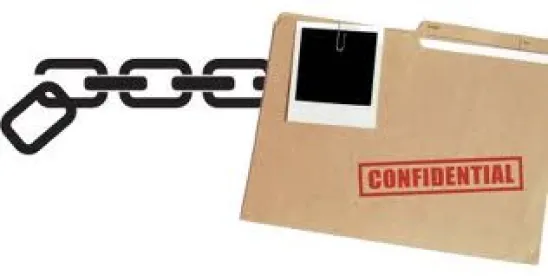Addressing the question of what constitutes “use” of a trade secret absent direct evidence, the U.S. Court of Appeals for the Fifth Circuit upheld the jury’s finding of trade-secret misappropriation based in part on inferences of use based on potential harm to the trade-secret owner. Aspen Tech., Inc. v. M3 Tech., Inc., Case Nos. 12-20388; -20268 (5th Cir., May 29, 2014) (per curiam).
In the district court, Aspen claimed trade-secret misappropriation against M3, a company founded by and composed of former Aspen employees. Both Aspen and M3 develop and sell software for chemical companies. Aspen accused M3 of misappropriating its trade secrets in the form of product-development road maps, source code and a source-code manual.
During the litigation, M3 engaged in various acts of misconduct. One M3 employee admitted to concealing Aspen property at a friend’s house. Another M3 employee admitted to removing an external hard drive containing Aspen’s trade secrets. M3 employees also admitted to defragmenting their hard drives, which made it nearly impossible to recover deleted files. These acts of misconduct allowed the jury to make adverse inferences against M3.
To show trade-secret misappropriation, Texas law requires the existence of a trade secret, improper acquisition of that secret, and use of the trade secret without authorization. The Fifth Circuit focused on the “use” requirement, which generally requires “commercial use,” including selling and commercially operating the trade secret for profit. Texas law also recognizes a broader conception of “use,” in the form of “any exploitation of the trade secret that is likely to result in injury to the trade secret owner or enrichment to the defendant.” Based on this definition, along with adverse inferences resulting from M3’s misconduct, the Fifth Circuit affirmed the finding of trade-secret misappropriation.
M3 did not dispute that it possessed Aspen’s product-development road maps. M3 only argued that Aspen had not shown that M3 used the road maps. Mere possession could not support an inference of use. Aspen, however, presented testimony that M3 could have used the road maps to its advantage, by using the road maps to create a competing product quickly and efficiently. Further, because an M3 employee had defragmented his hard drive, the jury was allowed an adverse inference that the deleted files would have shown M3’s use of the road maps.
M3 also possessed Aspen’s trade secrets in the form of source code and a source-code manual. M3 argued that Aspen had not shown use of the source code and manual. Again, however, Aspen presented evidence that M3 could have used the source code and manual to create its own source code. M3’s possession could have allowed M3 to create a competing product without wasting time and resources. Even though Aspen had not presented direct evidence of M3’s use of Aspen’s trade secrets, the Fifth Circuit allowed inferences of use based on M3’s misconduct and potential harm to Aspen.




 />i
/>i

